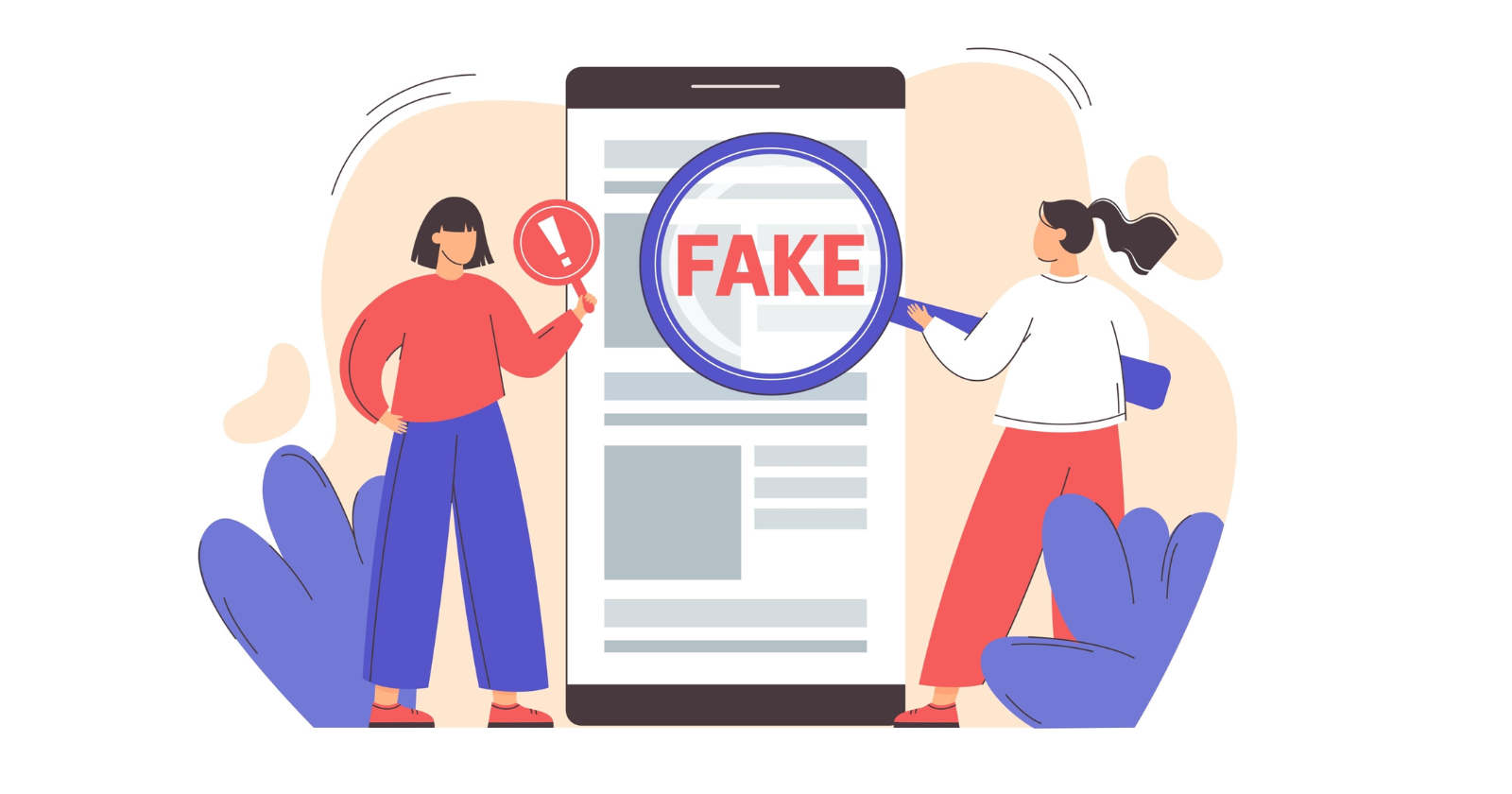In the last decade or so, the concept of “fake news” has become a major thorn in the side of consumers and content writers alike.
Digital marketing experts who write SEO content at the enterprise level might not consider themselves journalists or news reporters – but there’s a greater overlap between the roles than many people realize.
Like journos, enterprise SEO content writers need to earn the trust of their audience by demonstrating authority, relevance, and experience.
And while you might think that, as a content marketing specialist, the only person you’re serving is your client or employer, the truth is that good SEO content provides just as much service to consumers.
You’re not just advertising to people; you’re helping them find answers, information, and solutions to their problems.
That’s why, for SEO content writers, getting the facts right is crucial.
“Fake news” has eroded a lot of people’s trust in media. Online content, in particular, is always fighting an uphill battle due to the oversaturation of the digital space – and the sheer amount of misinformation that finds its way into blogs and social media sites with little quality control.
Today, fact-checking is arguably more important than ever before.
One little mistake is all it takes to lose a consumer’s trust forever.
But what does it mean to get your facts right? Is it just ensuring every name is spelled correctly, and every claim has an attributed source?
Both of these things are an important part of SEO fact-checking, but they’re only a small piece of a large puzzle.
Enterprise SEO Fact Checking Best Practices
Fun fact: Even when consumers don’t know you’re lying, Google does.
Web pages with deceptive, inaccurate, or poorly vetted content are penalized and less likely to appear in search results.
Want to avoid the wrath of the almighty algorithm? Here’s what you need to do:
Get The Basics Right
A few paragraphs back, I mentioned that fact-checking isn’t limited to correctly writing people’s names, ages, positions, and pronouns.
Nevertheless, getting the basics right is still important. If you can’t do at least that much, then you won’t be prepared to do more in-depth fact-checking.
It’s especially important to get this information right when you’re quoting multiple people.
Not only do you need to attribute quotes and ideas to the proper sources, but you also have to make sure the information they shared with you is accurately reproduced.
Double Check Everything
If you get a quote from someone that says the sky is blue, go outside and look up, just to be sure.
Okay, that might be an exaggerated example – but you get the point.
Double and triple-check everything.
If you find a useful quote or statistic online, track down the original source. See if you can find other reliable web pages with the same information.
Don’t be afraid to do a little research yourself. Crunch the numbers and try to find corroborating evidence.
Never take anything at face value.
Go To The Source
Speaking of tracking down the sources of stats and quotes: That’s a cornerstone of fact-checking so important, it merits expanding on now.
Have you ever had a teacher or professor tell you, in no uncertain terms, never to use Wikipedia as a source?
Well, that’s just as true when writing enterprise-level SEO content. Wikipedia might be useful in pointing you toward helpful sources, but it shouldn’t be your primary text.
Nor should any second-hand source. If another web page states something as a fact, confirm where it got that fact.
If it’s a disreputable source and you parrot it, then you become a disreputable source, too.
Understand The Information
Content writing – especially at the enterprise level and especially in an agency (rather than in-house PR team) context – often requires authors to cover many different areas of expertise in many different industries.
It can be tempting to regurgitate and plagiarize information that already exists, but if you do that, you won’t be able to offer any meaningful insights.
You have to understand the information you’re relaying.
That will help you spot contradictions and factual errors and demonstrate genuine authority.
Is AI Automation The Future Of Fact Checking?
Enterprise-level content fact-checking requires a lot of time and effort, but cutting corners is a recipe for disaster.
Fortunately, just as it has with many other aspects of SEO, AI automation may soon be able to simplify the process.
U.K.-based independent fact-checking organization, Full Fact, has been leading the charge in recent years to develop scalable, automated fact-checking tools.
Full Fact’s efforts have already garnered the attention of the biggest names in search engine technology.
In 2019, the non-profit organization was one of the winners of the 2019 Google AI Impact Challenge, which provides funding for potentially revolutionary automation research projects.
Full Fact’s stated goal is to develop AI software capable of breaking down long content pieces into individual sentences, then identifying the types of claims those sentences represent, before finally cross-referencing those claims in real-time with the most up-to-date factual news data.
Though Full Fact is still years away from achieving its goal, the benefits of such a breakthrough for SEO content writing are self-evident.
That said, you don’t have to wait for the future to use AI automation and other software tools to help you fact-check.
For example, the Grammarly Plagiarism Checker not only identifies duplicate content taken from another source but also highlights portions of text requiring attribution.
Commonly used enterprise SEO tools like Semrush, Ahrefs, and Moz, meanwhile, can be used to investigate a domain’s authority, helping you decide which sources are considered reputable.
Fact-checking in today’s oversaturated news and information marketplace can be intimidating at first glance. But the number of resources available to content writers is growing by leaps and bounds every day.
Making full use of these resources better enables you to win consumer trust in an age when that kind of trust is a very delicate, precious, and valuable commodity.
More resources:
Featured Image: redgreystock/Shutterstock
window.addEventListener( ‘load’, function() {
setTimeout(function(){ striggerEvent( ‘load2’ ); }, 2000);
});
window.addEventListener( ‘load2’, function() {
if( sopp != ‘yes’ && addtl_consent != ‘1~’ && !ss_u ){
!function(f,b,e,v,n,t,s)
{if(f.fbq)return;n=f.fbq=function(){n.callMethod?
n.callMethod.apply(n,arguments):n.queue.push(arguments)};
if(!f._fbq)f._fbq=n;n.push=n;n.loaded=!0;n.version=’2.0′;
n.queue=[];t=b.createElement(e);t.async=!0;
t.src=v;s=b.getElementsByTagName(e)[0];
s.parentNode.insertBefore(t,s)}(window,document,’script’,
‘https://connect.facebook.net/en_US/fbevents.js’);
if( typeof sopp !== “undefined” && sopp === ‘yes’ ){
fbq(‘dataProcessingOptions’, [‘LDU’], 1, 1000);
}else{
fbq(‘dataProcessingOptions’, []);
}
fbq(‘init’, ‘1321385257908563’);
fbq(‘track’, ‘PageView’);
fbq(‘trackSingle’, ‘1321385257908563’, ‘ViewContent’, {
content_name: ‘fact-checking-get-your-facts-right’,
content_category: ‘creation’
});
}
});


